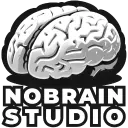Gamification
What is gamification?
Gamification is an innovative approach that involves integrating playful elements into non-playful contexts to engage and motivate individuals. It is based on behavioral sciences, exploiting game mechanics to influence the behavior of participants and encourage them to achieve specific goals.
In other words, gamification transforms ordinary activities or processes into stimulating experiences using game elements such as competition, rewards, rankings, and challenges. This approach goes beyond simply adding games to a situation, aiming instead to integrate game dynamics to generate interest and enhance participation.
In business, gamification has various applications, ranging from training to project management, to customer retention. By leveraging human motivations and the psychology of play, it offers an innovative way to improve productivity, collaboration, and participant satisfaction.
And in practical terms, what does it serve for?
Gamification deploys its benefits in a practical and impactful way, positively influencing several aspects of the professional environment. Explore how this innovative approach can concretely address various needs within your business:
Innovative Training
Gamification sparks enthusiasm that goes beyond knowledge acquisition. This approach creates an interactive and innovative learning environment that makes employees want to come back for more.
Natural Learning
Inspired by the natural learning process, gamification relies on similar mechanisms to those that captivate children's attention. By integrating playful elements into training, it facilitates a more natural and intuitive learning experience.
Sense of Achievement and Engagement
Gamification creates a sense of accomplishment through rewards and recognition. Participants experience tangible satisfaction when they achieve goals, thus reinforcing their motivation and engagement.
Training Tracking
Gamification goes beyond simply delivering content by ensuring effective training tracking. By introducing game mechanics to assess understanding, it ensures that participants fully assimilate the information.
The history of gamification
The evolution of gamification began in the 20th century, but it was with the emergence of video games in the 1970s-1980s that it started to gain traction. With the rise of the internet and digital technologies, gamification gained new momentum in the early 2000s. Online platforms integrated game mechanics to boost user engagement, whether in the fields of marketing, education, or healthcare.
Over the past decade, gamification has become increasingly popular, touching various sectors. Companies recognize its power in customer retention, employee training, and promoting workplace well-being.
Today, gamification continues to evolve with advancements in technologies such as virtual reality, artificial intelligence, and blockchain. These advancements open up new possibilities for even more immersive and personalized gaming experiences.
Areas of Application
Gamification offers innovative and customizable solutions in various professional domains. It is important to note that the following list is not exhaustive, but it provides an overview of the versatility of gamification and its potential applications:
- Training: Use gamification to energize your training programs. Interactive simulations, playful quizzes, and rewards can enhance engagement and knowledge retention.
- Awareness & Prevention: In areas such as workplace safety or compliance, gamification can raise awareness among employees about best practices and prevent risks through interactive approaches.
- Change Management: Facilitate organizational transitions by integrating game elements into change processes. Gamification can motivate employees to adapt and actively participate in new initiatives.
- Cohesion & Engagement: Strengthen team cohesion and engagement by introducing game mechanics. Playful activities and rewards foster collaboration and create a stimulating work environment.
- Marketing & Promotion: Use gamification as a marketing lever by creating interactive campaigns. Loyalty programs, promotional challenges, and rewards can boost customer engagement and enhance brand awareness.
- Events: Within the scope of corporate events, gamification can energize activities. Interactive quizzes, friendly competitions, and special rewards add a playful dimension to professional gatherings.
Supports for Gamifying a Project
The choice of supports and platforms is crucial in the successful implementation of gamification. Discover a variety of supports suitable for different projects:
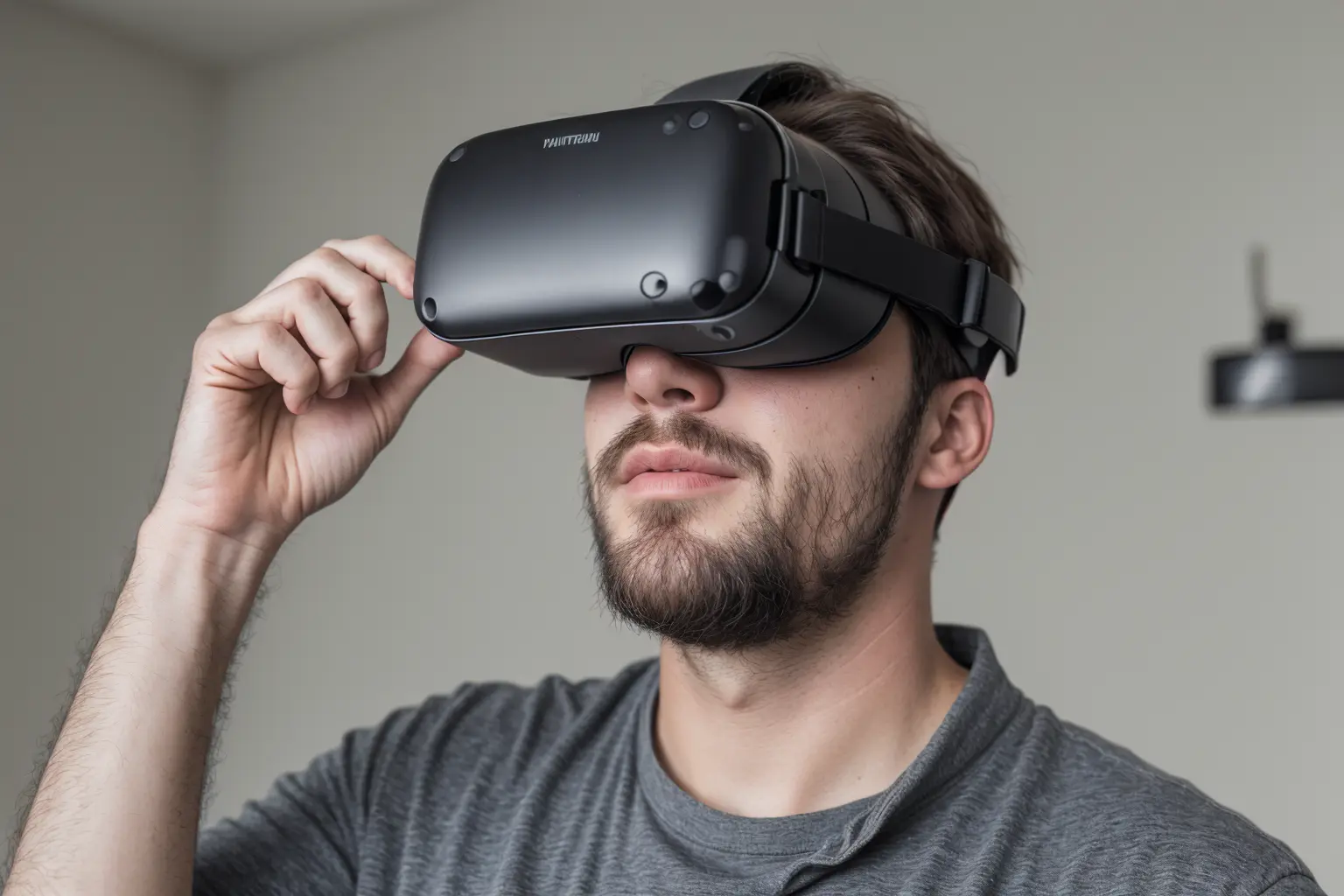
Virtual Reality
The total immersion of virtual reality offers a captivating gaming experience. Use it to create interactive simulations and engaging scenarios.

Web-Based Video Games
Web-based video games provide instant accessibility. Integrate game mechanics into web applications to offer a playful experience directly from a browser.

In-App Interactivity
Integrate game elements directly into existing applications. In-app interactive features can boost user engagement within your application's ecosystem.
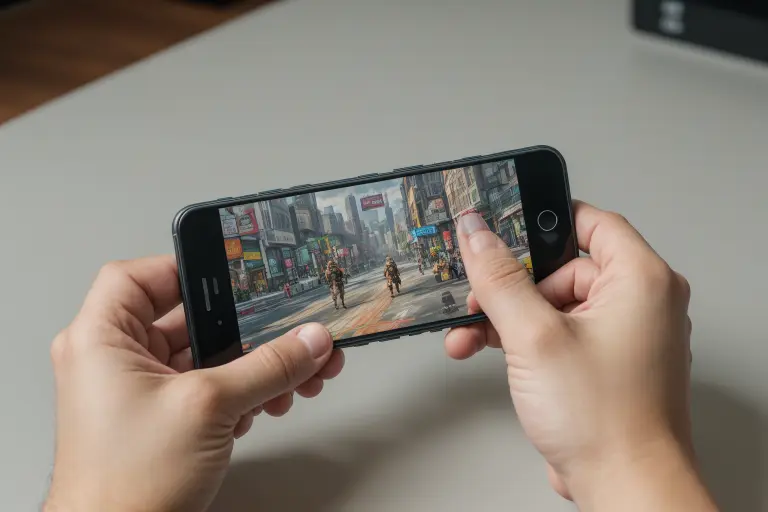
Mobile Games
Smartphone games offer maximum portability and allow the use of phone or tablet features such as the camera, motion sensor, or GPS, for example.
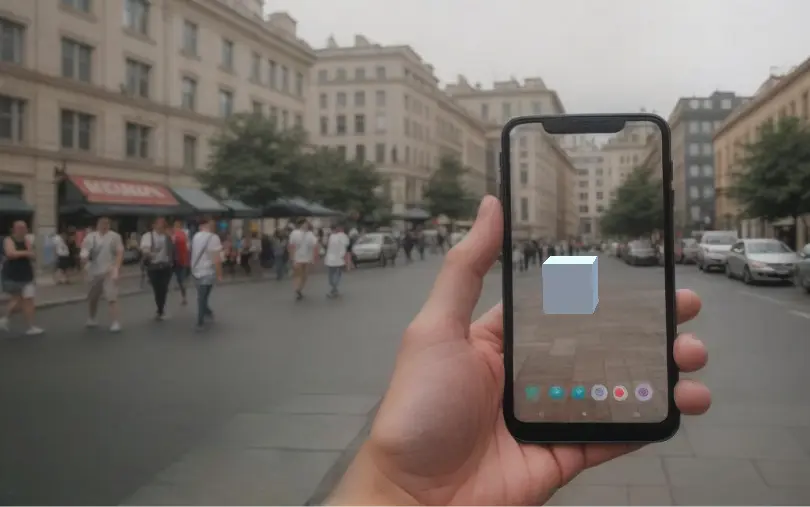
Augmented Reality
Augmented reality merges the virtual and the real. Use it to gamify real environments, whether for training, marketing, or social interaction.
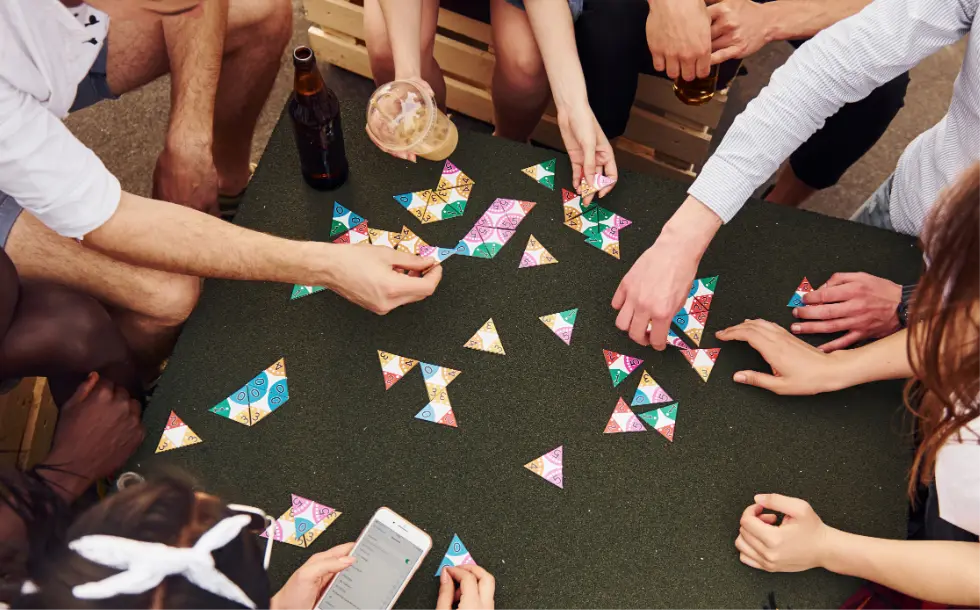
Board, Role-Playing, or Card Games
Traditional board, role-playing, and card games can be adapted for gamification activities. Create tactile and collaborative experiences to foster group interaction.
How to Choose the Right Support Based on Needs:
The fundamental distinction between gamification and the professional environment lies in the boundary between play on one side and work on the other. The key is to use gamification in business to motivate employees to implement a system beneficial to the company. The game thus becomes a means of achieving this goal. However, from the player’s perspective, and therefore from the employees’, the focus is on the enjoyment of playing and on full immersion in the gaming experience. In this regard, it is crucial to clearly define the objectives before implementing the gamification system. Data analysis is also relevant for extracting knowledge and understanding user behaviors, providing valuable insights to guide the choice of the appropriate support.
A few figures
Examples of Gamification
Before delving into concrete examples of gamification, it is important to note that the following illustrations will be based on well-known consumer applications. However, there is an even wider range of internal and confidential examples specific to each company. Gamification is a versatile strategy that can be uniquely tailored to meet the specific needs and internal objectives of each organization.
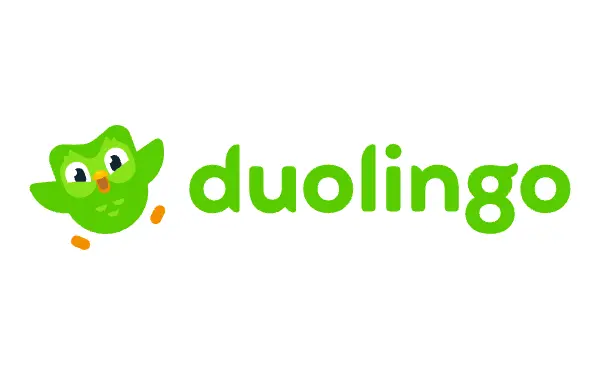
Duolingo - Language Learning
Duolingo perfectly illustrates the successful integration of gamification to motivate users to learn a new language. The app uses frequent notifications to drive engagement, celebrates small victories with animations and rewards, and offers rankings and leagues to stimulate competition among players.
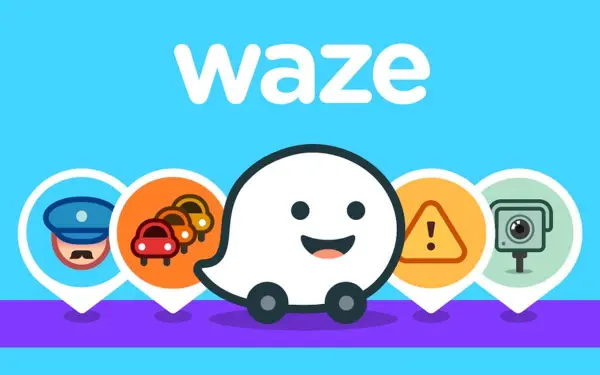
Waze - Collaborative Navigation
The Waze app turns the daily commute into a gamified experience. By informing other drivers about disruptions on the road, users can earn points. This mechanic encourages collaboration and active participation from the community, creating an interactive and social navigation platform.

Audible - Audiobooks
Audible, the audiobook app, integrates gamification by awarding badges to users based on their listening habits. Whether it's listening at night, finishing a book in a day, or exploring different genres, these badges add a playful dimension to the listening experience, encouraging users to diversify their practices.
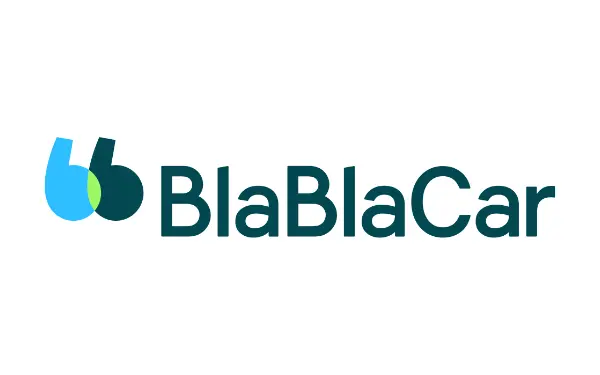
Blablacar - Carpooling
Blablacar uses the concept of "leveling up" to reinforce trust in carpooling. The platform offers multiple levels of experience, encouraging members to complete their profiles and leave reviews. By reaching "ambassador" status, users are encouraged to actively participate and contribute to the community, creating an atmosphere of trust and mutual engagement.
Gamification Mechanics
Gamification relies on various mechanics, interactive elements that stimulate user engagement and reinforce their participation. Here are 7 commonly used gamification mechanics in business:
Badges and Rewards
Badges and rewards recognize users' achievements, thus reinforcing their motivation. Users are encouraged to reach specific goals to unlock badges or earn rewards, creating a sense of progression.
Leaderboards and Competition
Leaderboards introduce a competitive dimension. Users can see how they compare to others, thus incentivizing them to improve their performance to achieve higher positions.
Experience Levels and Points
Experience levels, or "leveling up," offer gradual progression. Users can climb ranks by completing specific tasks, unlocking new features, privileges, or more complex challenges
Quests and Challenges
Quests and challenges introduce specific missions. Users are encouraged to accomplish defined tasks, often with rewards, fostering continuous engagement.
Visual Dashboards
Visual dashboards provide a graphical representation of progress. Users can track their achievements clearly and instantly, reinforcing the sense of accomplishment.
Personalization
Personalization allows users to shape their experience. Whether choosing avatars, customizing profiles, or adapting learning paths, this mechanic enhances personal involvement.
Narrative Elements
The introduction of narrative elements creates a story around the gamification experience. Captivating scenarios and intriguing characters add an immersive dimension, fostering emotional engagement.
Project Management
Project management in the field of gamification requires a methodical approach to ensure the success of design and implementation.
Guidance from Idea to Execution
Our approach is centered on people to foster creativity, innovation, and problem-solving. In the context of gamification, we approach each project with an iterative process, from ideation to execution. Key steps of a project include: understanding needs and expectations, defining objectives, ideation and proposal phase, prototype creation, and finally testing.
Visual communication plays a crucial role in gamification in business. It contributes to creating an attractive visual identity, reflecting the colors and values of the company. To do this, we can collaborate with various designers, including motion design specialists, illustrators, and 3D artists.
Contact Us
To further explore the possibilities of gamification within your company or discuss how our services can meet your specific needs, feel free to contact us via our online form. We are committed to responding to you as soon as possible.
Go Further
To deepen your knowledge of gamification and discover complementary resources.
Recommended Books:
- “Reality is Broken: Why Games Make Us Better and How They Can Change the World” by Jane McGonigal
- “Gamify: How Gamification Motivates People to Do Extraordinary Things” by Brian Burke
- “The Gamification Toolbox” by Alexandre Duarte and Sébastien Bru
- “The Art of Game Design” by Jesse Schell
